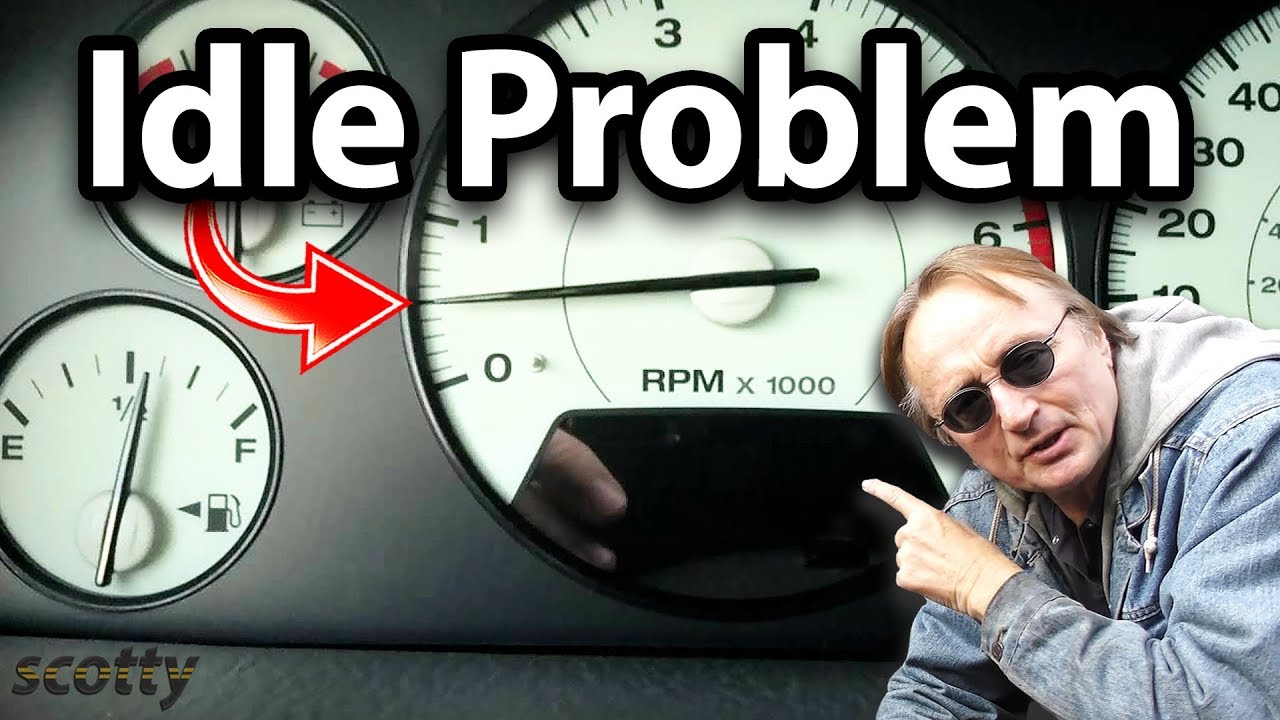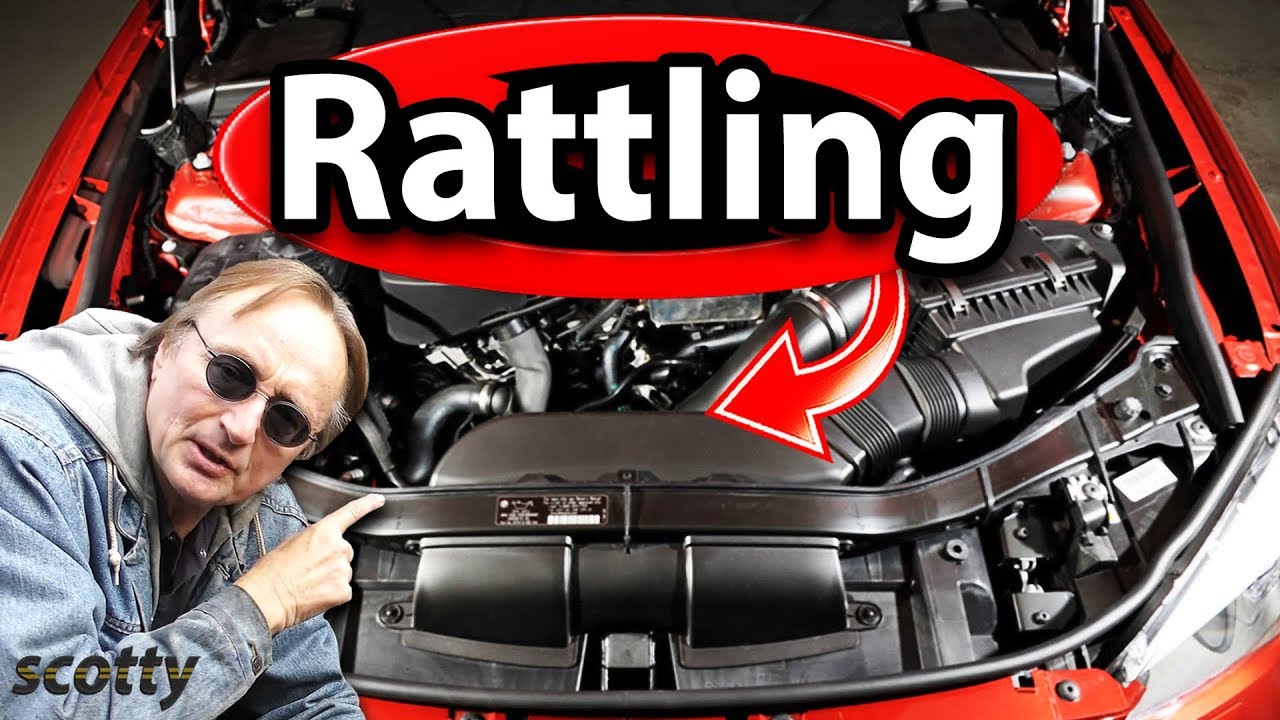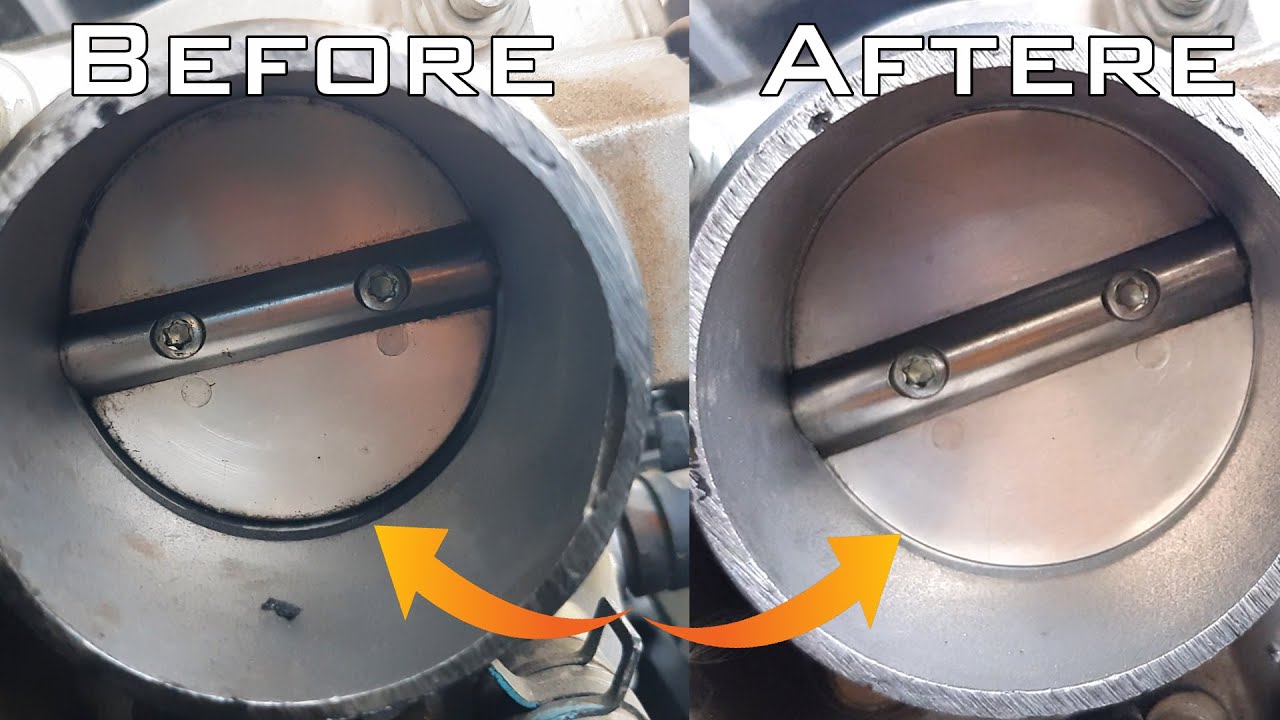Is your car experiencing a rough idle, where it surges or stalls unexpectedly? This frustrating issue can be caused by various factors, but one common culprit is a dirty throttle plate or idle air control valve.
Fortunately, with some basic tools and know-how, you can address this problem yourself and restore smooth operation to your vehicle’s engine. In this guide, we’ll walk you through the steps to diagnose and fix engine idle problems.
Identify the Symptoms
Before diving into the solution, it’s essential to recognize the signs of a rough idle. Common symptoms include a fluctuating or unstable engine speed while the vehicle is stationary, stalling when the car is at a standstill, or a noticeable vibration through the steering wheel or floorboard. If you’re experiencing any of these issues, it’s time to take action.
Step-by-step Instructions to Fix Engine Idle Problems
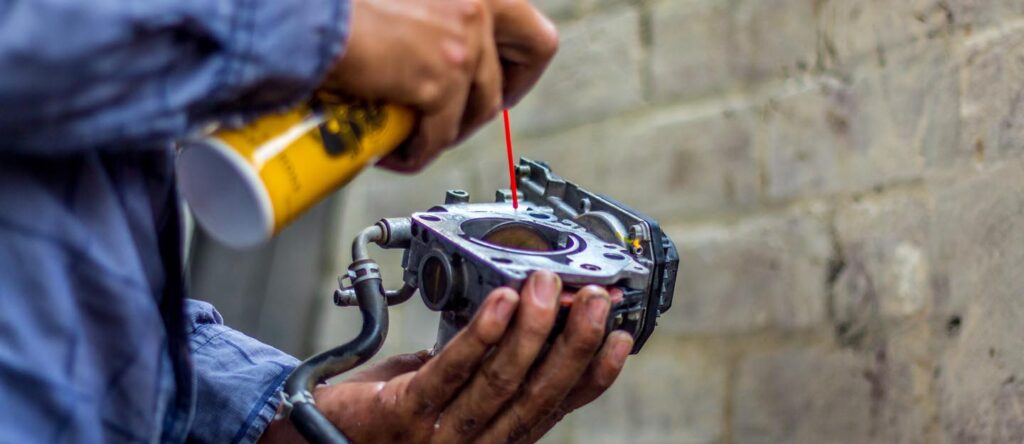
Step 1: Gather Your Tools
To tackle this problem, you’ll need a few basic tools and supplies:
- Throttle body cleaner
- Screwdriver or wrench (depending on your car’s setup)
- Clean cloth or rag
- Protective gloves and eyewear
Step 2: Access the Throttle Body
Start by locating your car’s throttle body, which is typically situated between the air intake manifold and the air filter housing. Depending on your vehicle’s make and model, you may need to remove the air filter housing and ductwork to access the throttle body.
Step 3: Remove the Air Filter Housing
Start by removing the air filter housing from the engine. Then, remove all the conduits connected to the air filter housing.
Step 4: Loose Clamps
The next step is to loosen all the clamps on the conduits. Use a screwdriver to loosen all the clamps on the conduits. This will allow you to easily remove the assembly.
Step 5: Take out the Accelerator
Once the clamps are loose, carefully remove the last two pieces of the conduit to access the accelerator plate.
Step 6: Clean the Throttle Body
Once you have access to the throttle body, use the throttle body cleaner to spray onto the throttle plates and the idle air control valve. Be thorough in your cleaning, ensuring that all visible dirt and grime are removed from these components. You may need to use a clean cloth or rag to wipe away stubborn residue.
Step 7: Allow Components to Dry
After cleaning, it’s crucial to allow the throttle body and idle air control valve to air dry completely before reassembly. Once the cleaning process is complete, let the parts air dry for about 30 minutes.
This will allow the cleaner to evaporate prevent any damage to the engine components and help prevent any starting difficulties that may arise from residual cleaner in the system.
Step 8: Make Sure all Holes are Clean and Free of Carbon
After cleaning the idle air control valve, ensure that all the holes are clean and free of carbon. This will prevent the buildup of carbon in the valve, which can cause the vehicle to stop or fail to keep running when idling.
Step 9: Reassemble and Restart
Once the components are dry, reassemble the air filter housing and ductwork, ensuring everything is securely in place. Then, restart your car’s engine and observe its behaviour.
You may notice temporary rough running and smoke coming from the tailpipe as the cleaner dissipates, but this should improve as the engine settles into its normal operating rhythm.
Step 10: Monitor Performance
After cleaning the throttle body and idle air control valve, monitor your car’s performance over the next few days. Pay attention to any lingering issues with engine idle, such as stalling or surging. If the problem persists, further diagnosis may be required, and it’s advisable to consult a professional mechanic.
Preventive Maintenance
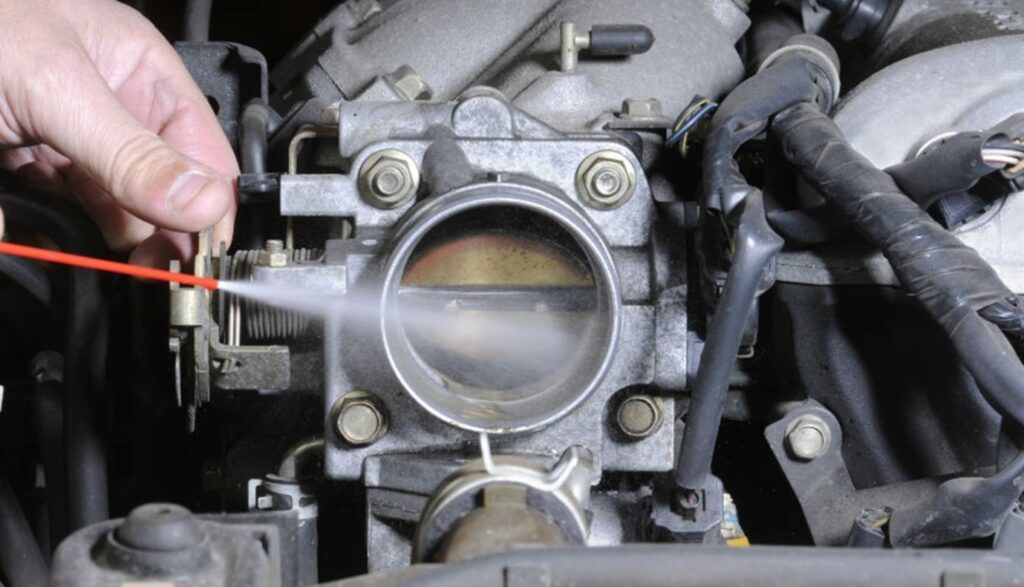
To avoid future engine idle problems, incorporate regular maintenance into your vehicle care routine. This includes periodic inspection and cleaning of the throttle body and idle air control valve, as well as routine air filter replacement.
Additionally, using high-quality fuel and following the manufacturer’s recommended service intervals can help keep your engine running smoothly.
Conclusion
A rough idle can be a frustrating and potentially dangerous issue for any driver. However, by following these simple steps to clean your car’s throttle body and idle air control valve, you can address the root cause of the problem and restore smooth operation to your vehicle’s engine.
Remember to prioritize safety and thoroughness during the cleaning process, and don’t hesitate to seek professional assistance if needed. With proper maintenance and care, you can keep your car running smoothly for miles to come.

